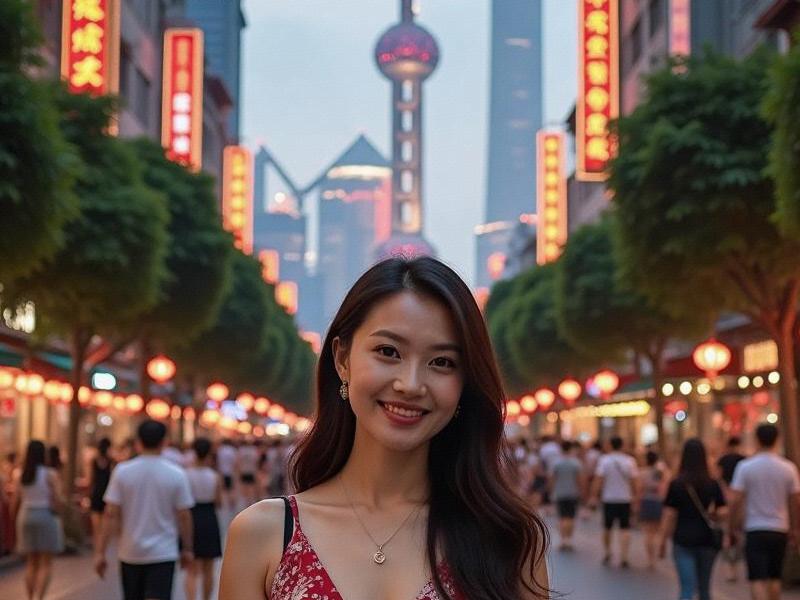
SECTION 1: HISTORICAL EVOLUTION
1.1 From Jazz Age to Modern Era
- 1920s ballroom culture legacy
- Post-reform opening developments
- 2000s luxury club boom
- Current hybrid models
1.2 Cultural Transformations
- Changing social attitudes
- Generational shifts in entertainment
- Western influence adaptation
- Local identity preservation
SECTION 2: INDUSTRY STRUCTURE
2.1 Market Segmentation
• High-end membership clubs
• Corporate entertainment venues
爱上海419论坛 • Themed experience spaces
• Underground scene establishments
2.2 Geographic Distribution
- The Bund's premium venues
- Former French Concession hotspots
- Pudong's business-oriented clubs
- Emerging suburban locations
SECTION 3: BUSINESS INNOVATIONS
3.1 Service Evolution
- Concierge-level hospitality
- Cultural customization
- Security protocols
- Payment system innovations
3.2 Technology Integration
上海品茶网 - Smart reservation platforms
- AR-enhanced experiences
- Digital marketing strategies
- Social media engagement
SECTION 4: REGULATORY ENVIRONMENT
4.1 Policy Framework
- Operating hour restrictions
- Alcohol service regulations
- Entertainment content guidelines
- Safety inspection systems
4.2 Industry Self-Regulation
- Association standards
- Professional certification
- Best practice sharing
- Government collaboration
爱上海 SECTION 5: FUTURE OUTLOOK
5.1 Emerging Trends
- Sustainable nightlife initiatives
- Health-conscious offerings
- Hybrid virtual-physical events
- Niche market development
5.2 Challenges Ahead
- Gentrification pressures
- Talent retention issues
- Economic uncertainty
- Cultural preservation
Conclusion:
Shanghai's entertainment clubs demonstrate remarkable adaptability in creating a distinctive nightlife culture that balances global sophistication with local characteristics, reflecting the city's unique position in modern China.
